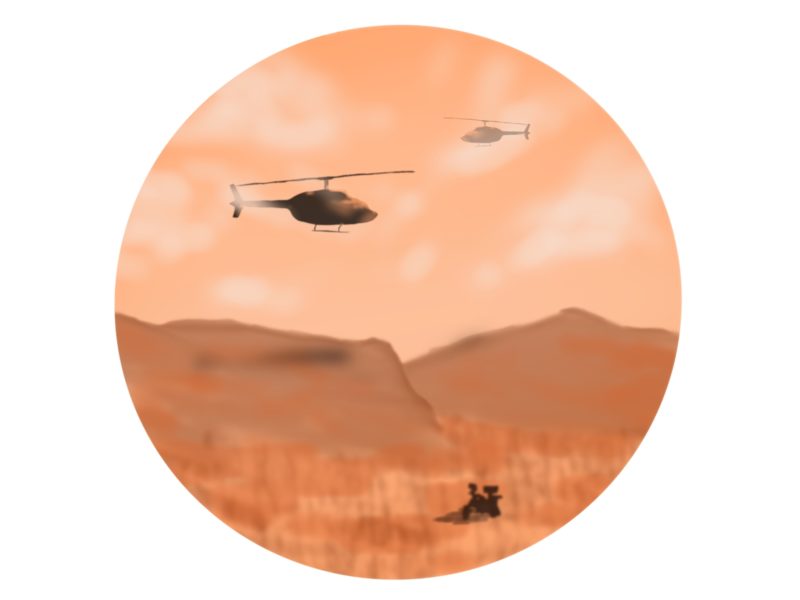Dr. Margret Cheney of Colorado State University presented on Synthetic Aperture Radar (SAR) technology, which is used heavily in the astronomy field, and uses antennas and pulsing radio waves to capture images of distant objects that a digital camera is unable to capture. To display some of the uses for SAR, Cheney showed several images ranging from copper mines in Chile, to oil spills in the ocean, to topographical images in California. She related the process to seismic imaging, a model often used in the field of geophysics.
Cheney explained that data can be collected from antennae attached to aircraft to present a detailed image. The variance of ratio between the length of the physical antenna and the wavelength of the propagated wave determined the information to be collected. Cheney focused on a small antenna compared to wavelength which had a more “broad beam” to collect data. This small ratio of antenna to wavelength is called “synthetic aperture.”
After the brief history and explanation of SAR, Cheney delved into the mathematical ideas behind the technology. “We should be using Maxwell’s Equations,” she said, “because those govern the propagation of electromagnetic waves. But, it is common to use, instead, a scalar wave equation.” By manipulations to the wave equations and the field equations, Cheney arrived at an integral equation for which the scattered field was dependent on the reflectivity function. At this stage, Cheney said that the next problem would be to solve for the reflectivity function. Thus far, “the model for the data is a Fourier Integral Operator,” Cheney said as she related the subject back to possible covered topics in a Mines student’s course.
Through more manipulations and approximations, Cheney was able to arrive at an inverse function which solves for the reflectivity function. This solution loosely approximates the SAR echo waves. However, Cheney admitted that it was an approximation, but joked that she “never said that it is necessarily a good approximation.”
Cheney’s lecture material and the progress made in the SAR technology could greatly improve the detail and accuracy of current SAR imaging. Cheney explained that further progress to improve upon this process would allow for “multiple scattering wave propagations through random media,” like trees. Cheney also said that she would like to allow for wide angle SAR and 3-Dimensional imaging as to allow for a better visual.


'AMS Colloquium: Synthetic Aperture Radar' has no comments
Be the first to comment this post!